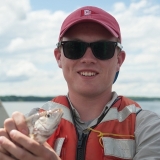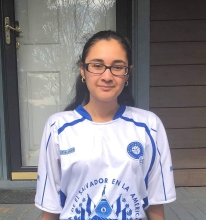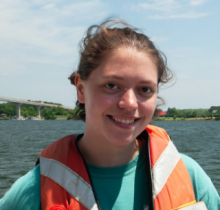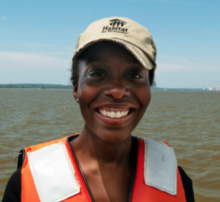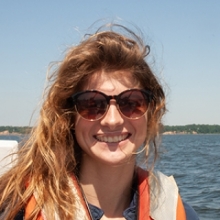Eight students will be presenting the summer work at the Ocean Sciences Meeting in March 2022!
Robert Jarrett, Rutgers University
Class Year:
2017Mentor:
Vyacheslav Lyubchich, Ph.D.Project Title:
Predicting Anoxic Volumes of Chesapeake Bay: Utilizing Bootstrapping to Improve Forecasts
Abstract:
The frequency and severity of low oxygen events—anoxia and hypoxia—have been variable in past decades and have become a particular problem in Chesapeake Bay. Due to anoxia, there can be profound and deleterious effect on the biology and chemistry of the Chesapeake Bay. There are a number of known factors that are correlated with the development of anoxia including the nitrogen loading and freshwater flow into the bay, many of which are controlled anthropogenically. These variables are used to build linear regression models to forecast anoxic volumes. This project improves the forecasting performance of these models through the utilization of a residual bootstrap. In a cross-validation testing, the residual bootstrap approach outperforms the traditional parametric approach by yielding better coverage probabilities and smaller widths of the prediction intervals. Additionally, we detect a change in the relationships between variables, by examining model coefficients in a moving time window. This can provide a better understanding of the factors resulting in anoxia as well as inform a future direction for improvements in forecasting anoxic volume. Furthermore, these more accurate predictions can be used to better inform the public, legislators, and policy-makers concerned about the health of the estuary.
Presentations:
Jarrett, R.*, V. Lyubchich, and J. Testa. 2017. Predicting anoxic volumes of Chesapeake Bay: Utilizing bootstrapping to improve forecasts . Coastal and Estuarine Research Federation, Providence, Rhode Island .
